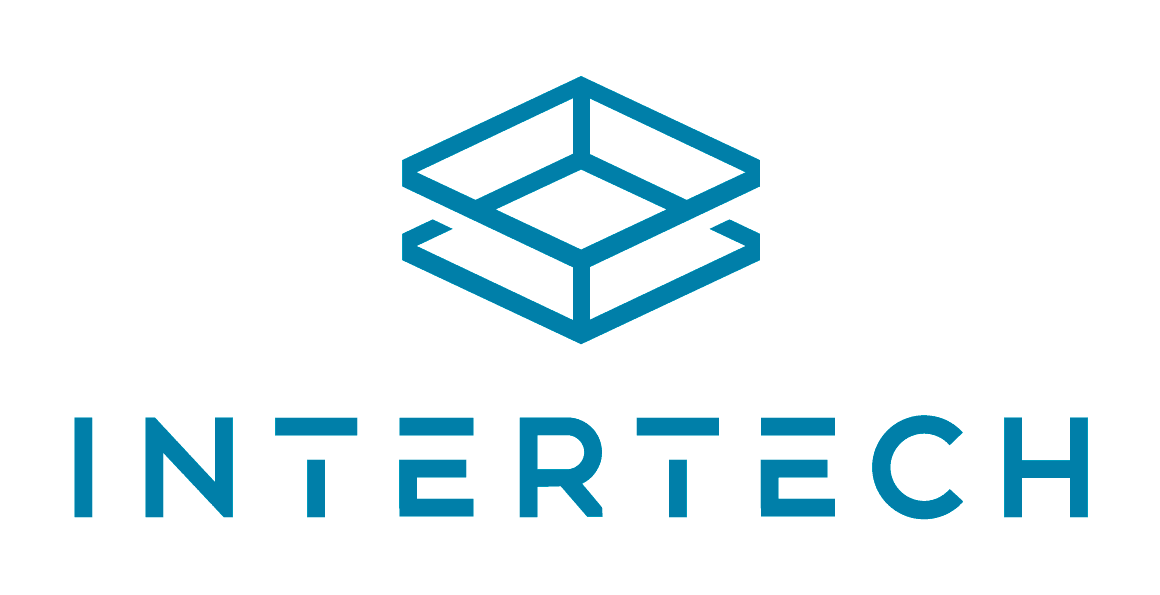In-mold labeling (IML) is a method for part decoration that occurs as part of the injection molding process. The label is fused with plastic to create a single piece. This method for labeling is being done on durable and non-durable goods across industries. Frequently touched products like medical equipment control panels and push buttons, refrigerated food and beverages exposed to damp conditions, or any plastic injection molded product that requires a durable label lend themselves to in-mold labeling (IML).
With an expansive variety of products benefiting from in-mold labels, demand is expected to increase. The global in-mold labeling (IML) market is expected to experience a compound annual growth rate (CAGR) of more than 4% from 2022 through 2027. The growth is driven by a desire for an aesthetically appealing no-label look and the opportunities they provide as a branding tool. Chemical, pharmaceutical, and food and beverage industries are contributing to the growth.
Below we discuss the process of in-mold labeling (IML) and share four ways that in-mold labeling (IML) adds value for brands across industries.
How In-Mold Labeling is Done
In-mold labeling (IML) starts with a preprinted plastic film label, typically of the same material as the product. Through automation, the label is placed into the mold cavity on the same plane as the surface of the plastic part. Air pressure, electrical charge, or mechanical means hold the label in place. Getting the label positioned and pinned to the mold according to the customer’s specifications is critical. Melted thermoplastic is injected into the mold to create the product and produces a fully integrated functional label that requires no additional decorating.
One of the draws to in-mold labeling (IML) is that it can accommodate many different shapes. However, there are some design elements that engineers should consider. Gate placement is critical. In injection molding, the gate is the opening where molten plastic is injected into the mold. Gate design and placement are essential to avoid non-fills, knit lines, warpage, and sink marks. However, with in-mold labeling (IML), label placement must also be considered. In a perfect part, gating will leave some physical and visual indication of where it was done. So, the design engineer will want to ensure no critical information will be impacted.
If the label is a different material than the part, the design engineer should understand how its properties affect the flow and cooling behavior during processing. The inks and coatings used are also critical considerations for creating a label that functions as expected. The inks and coatings used must be able to withstand the temperature of the injection molding process without shrinking, discoloring, delaminating, or cracking.
How In-Mold Labeling Benefits Brands
In-mold labeling (IML) entered the packaging world more than 40 years ago. As technology has advanced, more and more brands are seeing the value in-mold labels offer. High-quality in-mold labels attract brands by providing design flexibility, durability, sustainability, and productivity advantages.
Enhanced Aesthetics
In-mold labels offer superior design flexibility. Shapes with recessed panels and asymmetrical features can feature labels with opaque, transparent, or metallic substrates and fluorescent or metallic inks, creating endless possibilities. In-mold labels can follow the contours of a part and cover the entire circumference, providing a 360° label. From highly detailed vibrant graphics to plain text print, in-mold labels provide an enhanced aesthetic compared to other labels. High-resolution images and various textures, finishes, and vivid colors can be used, offering versatility for the perfect labeling solution. The vibrant appearance, crystal-clear graphics, and legible print will enhance your brand and get your product noticed.
Greater Durability
Since the label and product are integrated, the in-mold labels offer superior wear and scratch resistance. In addition, they are temperature-stable and water and humidity resistant. This increased durability means the print won’t smudge or rub off products touched or handled frequently, and the label won’t tear or wrinkle even when wet. In-mold labels can be refrigerated, frozen, or microwaved, depending on the thermoplastic, without damaging the label.
Sustainable Packaging Option
As environmental concerns rise and sustainable options are demanded, in-mold labeling (IML) is gaining more attention for product packaging. In-mold labeling (IML) provides a highly recyclable packaging solution. Since the product and label are integrated and of the same material, the need to scrape off pressure-sensitive labels or remove shrink sleeves is eliminated. The packaging can just be tossed into the recycling bin.
Production Efficiency and Cost Savings
Unlike other labeling options, in-mold labeling (IML) is done in one step, eliminating secondary operations, costly bottlenecks, and associated expenses. This increased efficiency means you get your products faster.
Expertly Meeting Your Decorating Needs
At Intertech, we understand the importance of decoration or part identification to your brand and your customers. We offer a variety of part decoration and labeling options both at the press (in-mold labels) or as secondary operations (pad printing, hot stamping, and more), giving you the flexibility for a solution that fits your needs.
Contact us today to speak with one of our experts or request a quote.

